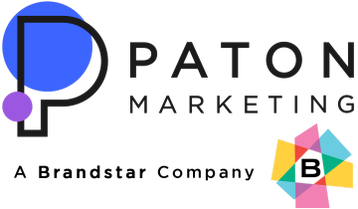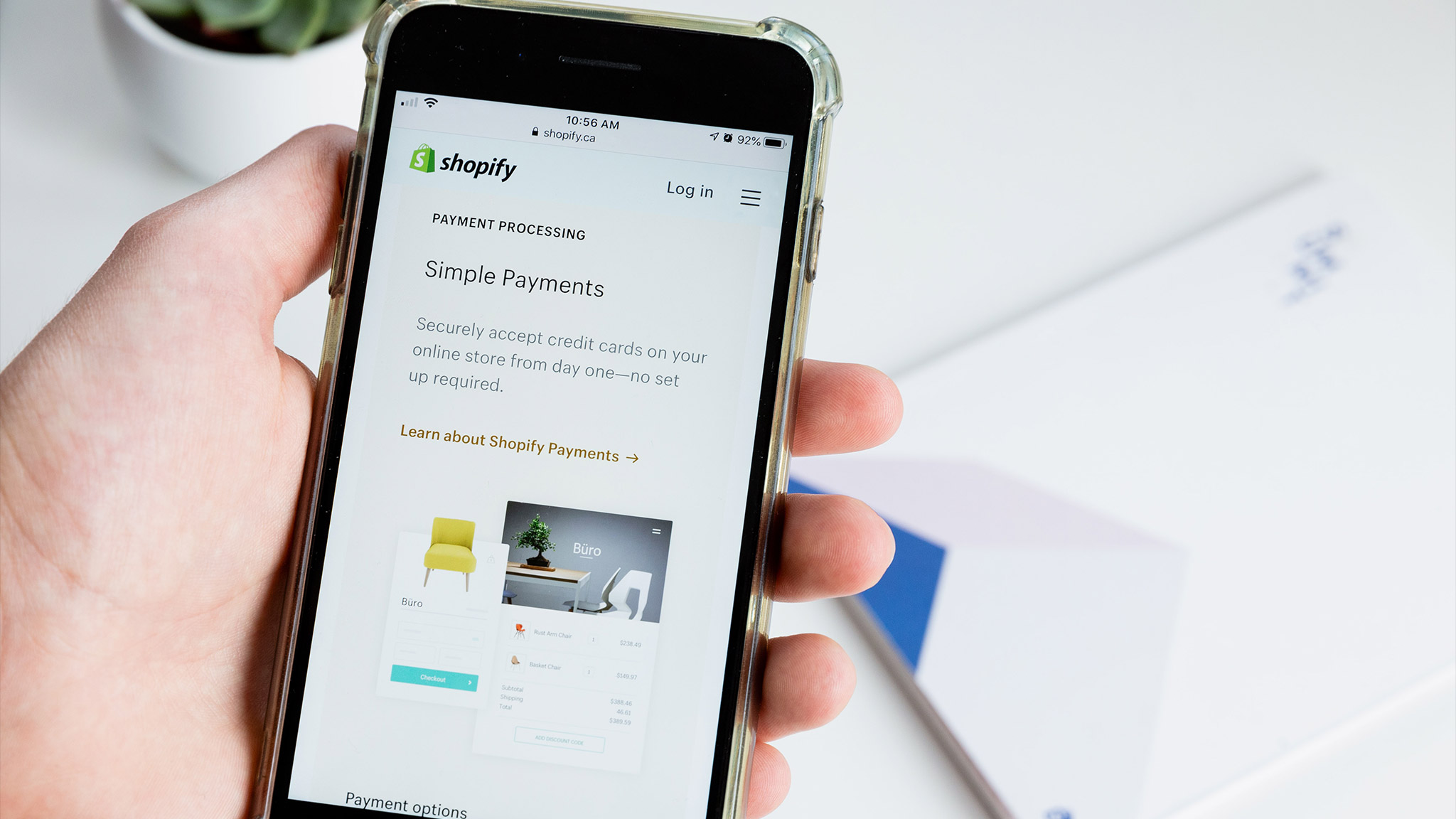Are you managing an online store that isn’t gaining as much organic traffic as you would like? Rest assured, if you implement these tips and tricks that we’re going to be discussing today, it will help you in garnering organic traffic, convert leads, bring in revenue, and engage with a specific target audience.
Keep reading below to have a better understanding of the steps that you need to take.
Using Keywords
One of the most effective ways to drive organic traffic to your website is by implementing targeted keywords into your content strategy.
In order to go about using the correct keywords, identify the ones that you would want to rank on your homepage, product pages, and for your blog posts as well.
Additionally, you should have a good understanding of the buyer’s persona that you’re trying to target, to see what their interests or questions are in relation to your products.
You can search through various forums to see what your potential buyers are speaking about and how they discuss it amongst themselves. Reddit and Quora are great places to research many of these trending discussions and questions that directly correlate with your products.
The next step is to identify the exact keywords your ideal customers may use in their searches. Look into the body and long-tail keywords. Typically speaking, body keywords are comprised of 2-3 word phrases that will generate a fair amount of search volume, and they are more detail-oriented than single-word keywords. On the other hand, long-tail keywords are phrases made up of 4 or more words and are definitely more specific than short-tail keywords.
Look Out for What Your Competitors Are Doing
If you want to have the upper hand over your competitors, you must be fully aware of the keywords that they are ranking for. There are features available for you to take a look at the competitors’ pages such as the page authority and domain authority.
Should they rank higher than you, then it’s not worth your time trying to compete against them using the same exact keywords. Instead, try utilizing original keywords that you think would be tangible in going after your competitors and outranking them.
Once you’ve identified your keywords for your rankings, the next step is to assign them to the pages that you would like them on. If your company carries a lot of products, then it’s more than likely that you will have a variety of product pages.
Avoid having multiple pages on your site that are trying to rank the same keywords. Try to organize your keywords and pages to ensure that they don’t overlap with one another.
Optimizing for Mobile Users
Apart from the obvious method of viewing products through your computer, many of your users are going to utilize their mobile devices to look at your e-commerce sites. According to an excerpt from neilpatel.com: “Google’s algorithm now gives higher ranking to mobile-friendly websites. It’s in your best interest to ensure that your website is properly optimized for mobile usage.
Failure to do so will result in penalizations from Google, as well as losing out on other opportunities that could’ve helped you boost your SEO. Here a few tips to bear in mind when optimizing your site for mobile usage:
- Page Speed: Did you know that mobile users will leave your site if it takes more than 3 seconds to load? In fact, 74% will leave after waiting for 5 seconds or more. Simply put, the slower the page, the less likely you are to keep people visiting your site. To improve the page speed, you can leverage your browser caching, optimize your images, and cut down on redirects.
- Design of the Site: Be wary of the kinds of models you can implement on your mobile site. Google has an algorithm that penalizes any acts of intrusion that affect the user-friendly experience on mobile devices.
Making Improvements To Your Website
Keep in mind, it’s not necessary to change everything on your site in order to get better SEO. Just work on putting all of your time and effort into the issues that already exist on your site that require your immediate attention.
For instance, you can focus on page loading speed if this happens to be one of your persistent issues. Google and Bing are two top-tier search engines that depend on page loading speed to aide them in their own rankings.
As previously mentioned, users will leave your site in an instant if it’s taking too long to load. Failure to focus on your page speed can reduce the dwell time, increase your bounce rate, and cut down the number of pages that are viewed.
To increase your page speed, you can do the following:
- Streamline elements and mitigate your HTTP requests
- Cutting down on the server response time
- Enabling compression and browser caching
- Minimizing all of the resources
- Optimizing images, especially for pages that contain a wide variety of product photos
- Prioritizing above-the-fold content for loading
- Reducing the number of plug-ins and options for redirecting
Fixing other Site Errors: Broken links are another issue that can affect the productivity of your site. They can hurt your ranking, and Google will view it as a neglected website. To mitigate the risk for your users coming across an “error 404 page”, it’s important to periodically check the status of your website links.
Apart from the 404 error page, there are other issues that can hinder the performance of your website too, such as 500 internal server error codes and 403 forbidden response codes. These indicate that a search engine won’t be able to penetrate your page. If Google takes note of this, they will more than likely de-index your entire page.
An easy fix for these issues? Of course! There are many tools and resources available that will help you monitor what’s going on in your site and the issues that will require your attention for maintenance.


Mae
I’m not that much of a internet reader to be honest but your blogs really nice, keep it up!
I’ll go ahead and bookmark your site to come back
down the road. Cheers
Here is my webpage – vpn coupon code 2024
Brady
I will immediately clutch your rss feed as I can’t find your e-mail subscription link or e-newsletter service.
Do you have any? Please permit me recognise in order that I
could subscribe. Thanks.
Here is my blog – vpn code 2024
Jaunita
I am sure this article has touched all the internet visitors,
its really really pleasant post on building up new webpage.
Here is my website … facebook vs eharmony to find love online
Vicki
Do you have any video of that? I’d care to find out more details.
Take a look at my website … eharmony special coupon code 2024
Hudson
Hello there, You’ve done an excellent job. I’ll definitely digg it and personally
recommend to my friends. I am sure they’ll be benefited from this
web site.
Feel free to visit my webpage :: nordvpn special coupon code
Monat
This was such an interesting read! I chuckled a few times. For more laughs and insights, visit: DISCOVER HERE. Anyone else have thoughts on this?